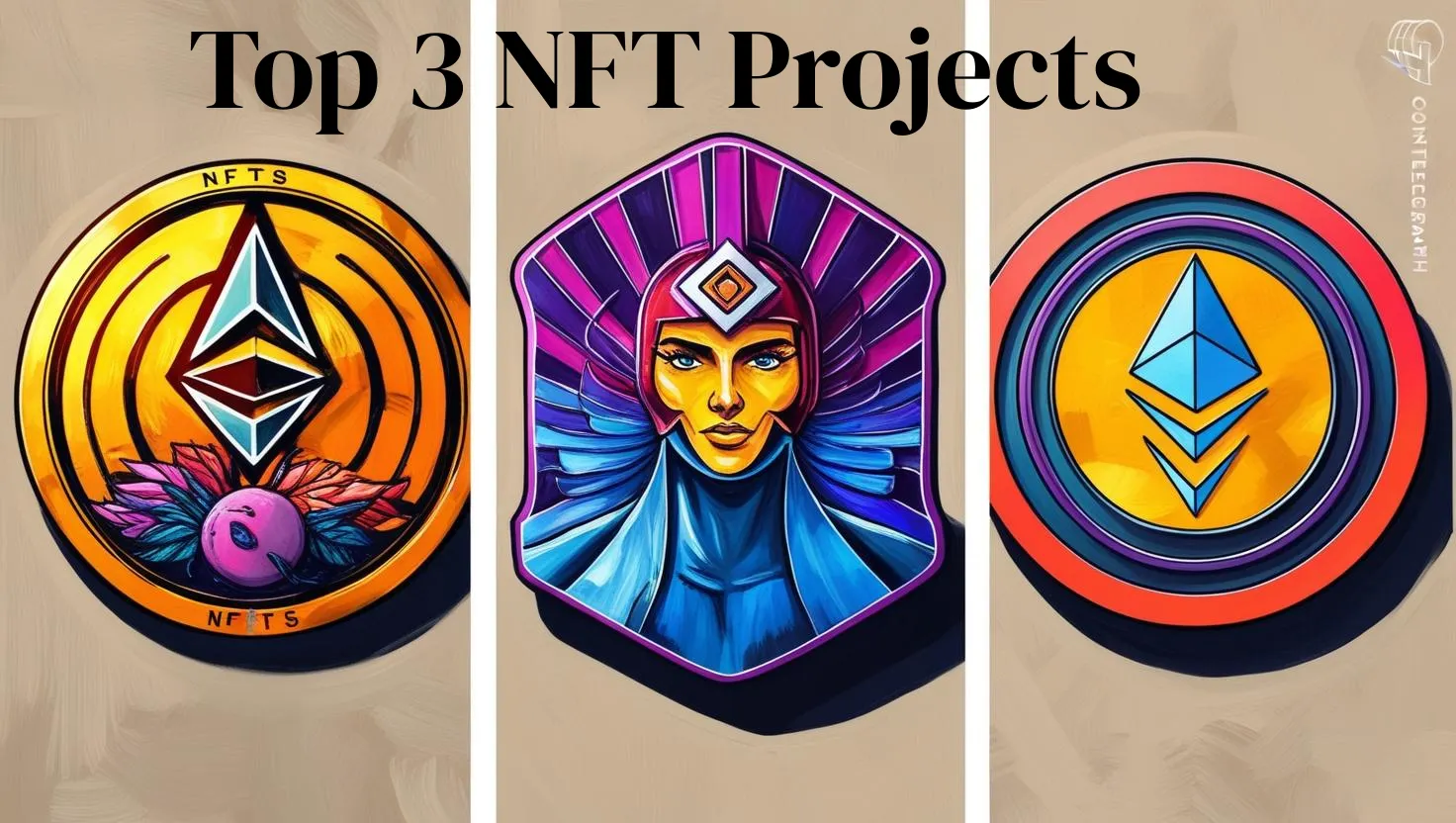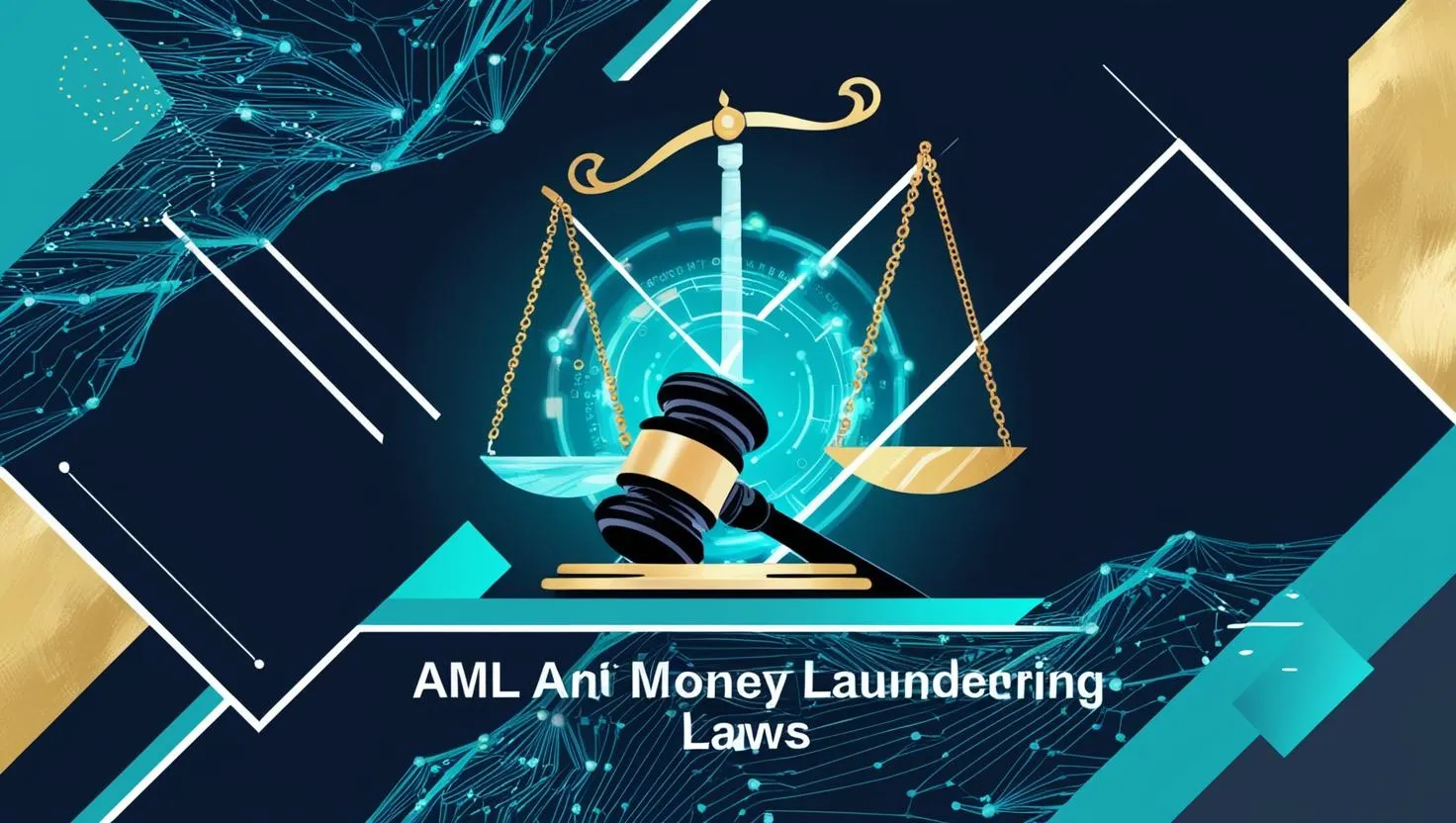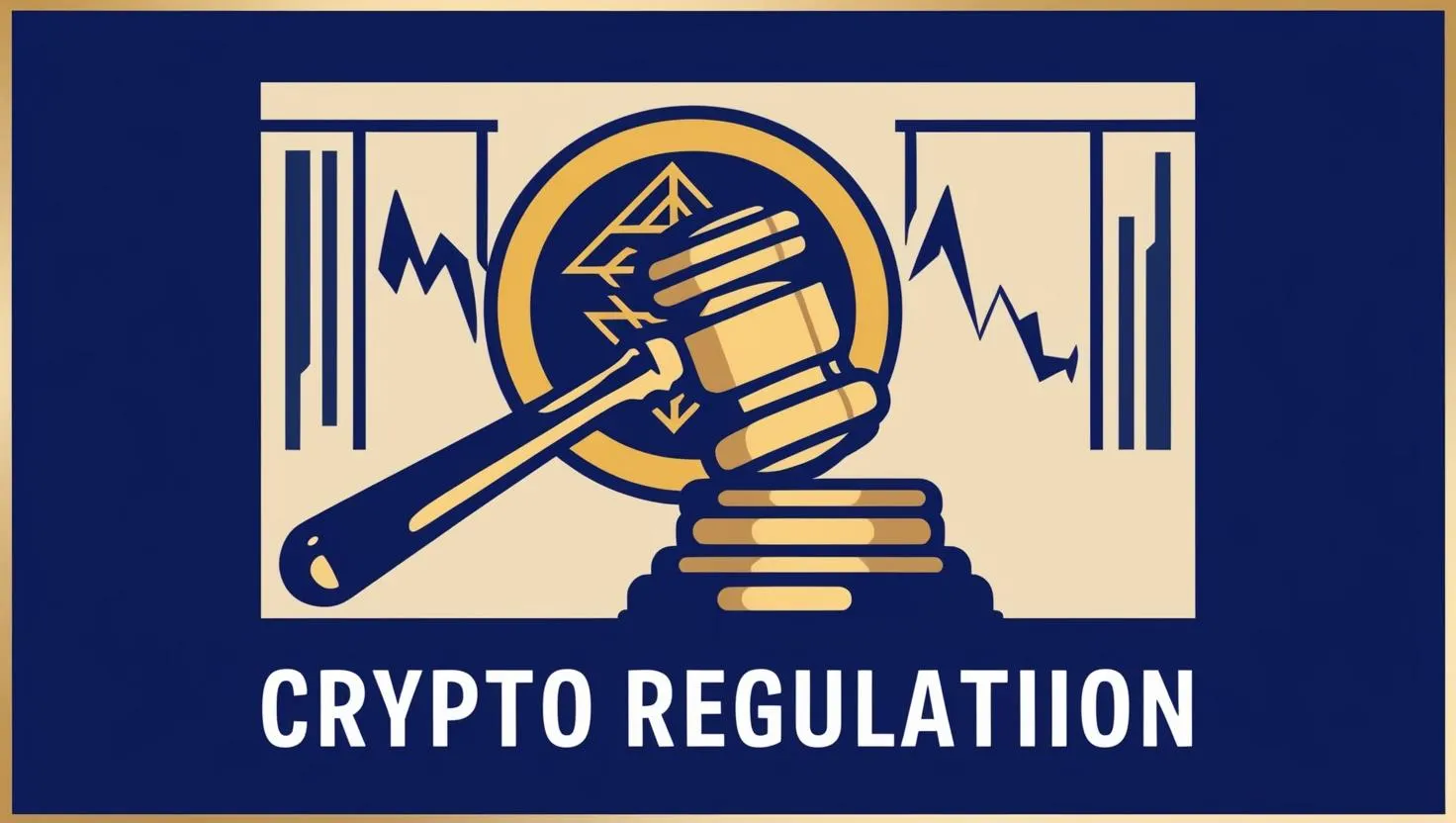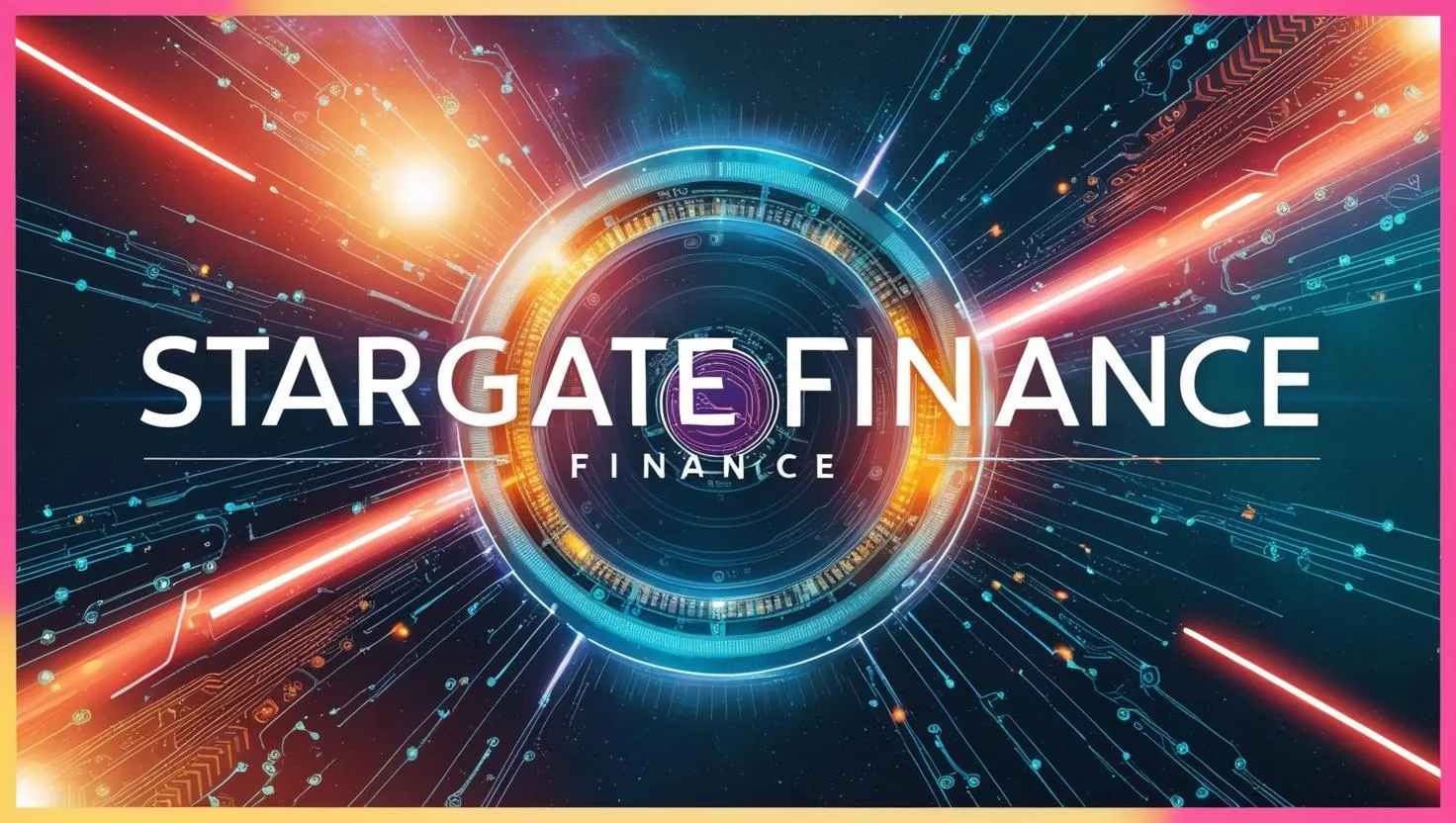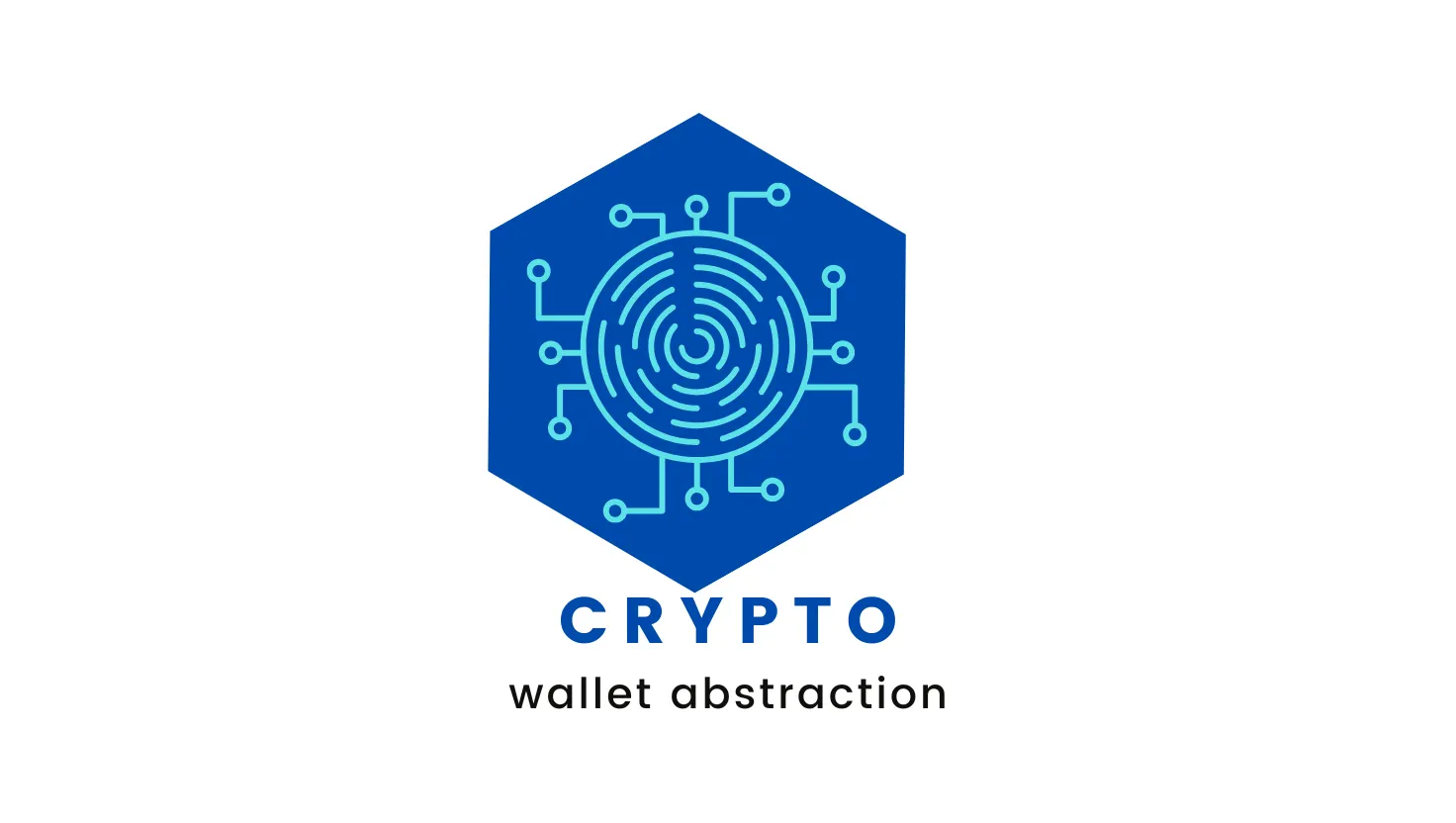Crypto King under Fire: Could the Sherman Act Topple Coinbase's Market Throne?
Below is a detailed article based on a deep dive into the SEC v. Coinbase lawsuit documents, focusing on the potential use of the Sherman Antitrust Act as an argument against Coinbase.
The article incorporates relevant information from the SEC’s complaint, court rulings, and other legal documents, while critically analyzing how the Sherman Act could be applied.
Note that the Sherman Act was not explicitly used in the SEC’s arguments in the lawsuit, so this article explores a hypothetical application based on the case context and Coinbase’s market position. Citations are included where applicable, following the provided guidelines.
The SEC v. Coinbase Lawsuit: Could the Sherman Antitrust Act Strengthen the Case Against Coinbase?
In June 2023, the U.S. Securities and Exchange Commission (SEC) filed a landmark lawsuit against Coinbase, Inc. and its parent company, Coinbase Global, Inc. (CGI), accusing the largest U.S. cryptocurrency exchange of operating as an unregistered securities exchange, broker, and clearing agency, in violation of the Securities Exchange Act of 1934 and the Securities Act of 1933.
The SEC’s complaint, filed in the U.S. District Court for the Southern District of New York, also alleged that Coinbase’s staking-as-a-service program constituted an unregistered securities offering. While the SEC’s case primarily hinges on securities law violations, a deeper examination of Coinbase’s market dominance and business practices raises an intriguing question: could the Sherman Antitrust Act provide an additional legal avenue to challenge Coinbase’s operations?
This article explores the SEC’s allegations, Coinbase’s defenses, and the hypothetical application of the Sherman Act as a novel argument against the crypto giant.
The SEC’s Case Against Coinbase: A Securities Law Battle
The SEC’s complaint, announced on June 6, 2023, paints Coinbase as a company that has “made billions of dollars unlawfully facilitating the buying and selling of crypto asset securities” since at least 2019.
The agency alleges that Coinbase has operated as:
- An Unregistered National Securities Exchange: By providing a marketplace that matches and executes orders for crypto assets, many of which the SEC claims are securities under the Howey test.
- An Unregistered Broker: By soliciting investors, handling customer funds, and charging transaction-based fees.
- An Unregistered Clearing Agency: By holding customer assets in Coinbase-controlled wallets and settling transactions.
- An Unregistered Securities Offering: Through its staking-as-a-service program, which pools customer assets to validate blockchain transactions and shares profits without SEC registration.
The SEC argues that Coinbase’s failure to register deprives investors of critical protections, such as SEC inspections, recordkeeping requirements, and safeguards against conflicts of interest. The complaint further asserts that CGI, as Coinbase’s parent, is liable as a control person for certain violations.
Coinbase, in response, has vigorously contested the SEC’s authority, arguing that the crypto assets on its platform are not securities under the Howey test, which defines a security as an investment contract involving (1) an investment of money, (2) in a common enterprise, (3) with an expectation of profits from the efforts of others.
Coinbase likens crypto purchases to collectibles like Beanie Babies, asserting that buyers do not acquire contractual rights or stakes in a common enterprise. The company also claims the SEC’s enforcement actions violate the Major Questions Doctrine, which limits agency overreach without clear congressional authorization.
In March 2024, Judge Katherine Polk Failla largely denied Coinbase’s motion to dismiss, finding the SEC’s allegations “plausible” that Coinbase operates as an unregistered exchange, broker, and clearing agency, and that its staking program involves unregistered securities offerings.
However, the court dismissed claims related to Coinbase Wallet, ruling it did not function as a brokerage. The case proceeded to discovery, but in February 2025, the SEC announced the dismissal of the lawsuit, citing the formation of a Crypto Task Force to develop a comprehensive regulatory framework for crypto assets. This dismissal, however, does not preclude future enforcement actions or alternative legal arguments, such as those under antitrust law.
The Sherman Antitrust Act: A Hypothetical Argument Against Coinbase
While the SEC’s lawsuit focused on securities law, Coinbase’s dominant position in the U.S. crypto exchange market—handling a significant share of trading volume and boasting millions of users—invites scrutiny under the Sherman Antitrust Act of 1890.
The Sherman Act, a cornerstone of U.S. antitrust law, prohibits anticompetitive conduct and monopolistic practices. Section 1 bans contracts, combinations, or conspiracies that restrain trade, while Section 2 prohibits monopolization or attempts to monopolize any part of interstate commerce.
Could Coinbase’s business practices be challenged under these provisions? Below, we explore how the Sherman Act could hypothetically be applied, drawing on the SEC’s allegations and Coinbase’s market behavior.
- Defining the Relevant Market
To apply the Sherman Act, regulators or plaintiffs must define the relevant market. In this case, the market could be defined as the U.S. market for cryptocurrency trading platforms, encompassing exchanges that facilitate the buying, selling, and trading of crypto assets.Coinbase, as the largest publicly traded U.S. crypto exchange, holds a substantial market share, reportedly processing billions of dollars in trading volume annually.
Its competitors, such as Binance.US, Kraken, and Gemini, are smaller in scale, and Coinbase’s brand recognition and user base give it a significant edge.
Alternatively, the market could be narrowed to specific services, such as crypto staking platforms or custody services for digital assets. Coinbase’s staking-as-a-service program, which pools customer assets to validate blockchain transactions, is a key revenue driver and a focal point of the SEC’s complaint.
By dominating these submarkets, Coinbase could face antitrust scrutiny if its practices are deemed exclusionary or harmful to competition.
- Section 1: Restraint of Trade
Section 1 of the Sherman Act prohibits agreements that unreasonably restrain trade. A hypothetical antitrust argument could focus on Coinbase’s contractual arrangements with crypto asset issuers or its fee structures, which may limit competition. For example, the SEC alleges that Coinbase “publicly encouraged both institutional investors and investors trading in the secondary market to buy their tokens” by rebroadcasting white papers and other promotional materials.
If Coinbase entered exclusive agreements with issuers to list their tokens—potentially locking out smaller exchanges—or imposed restrictive terms that hindered competitors’ ability to offer similar services, such conduct could be construed as a restraint of trade.
Additionally, Coinbase’s high transaction fees, which the SEC notes are transaction-based and a significant revenue source, could be examined. If Coinbase leverages its market power to impose fees that smaller exchanges cannot match, it might deter new entrants or force competitors to exit the market, thereby restraining trade.
However, proving a Section 1 violation would require evidence of specific agreements or conspiracies, which is not detailed in the SEC’s current complaint.
- Section 2: Monopolization or Attempted Monopolization
Section 2 of the Sherman Act is more directly applicable, as it targets unilateral conduct by a firm with monopoly power or an attempt to achieve it. To establish monopolization, regulators must show (1) possession of monopoly power in the relevant market and (2) willful acquisition or maintenance of that power through anticompetitive conduct. For attempted monopolization, the elements are (1) predatory or anticompetitive conduct, (2) specific intent to monopolize, and (3) a dangerous probability of achieving monopoly power.
Monopoly Power: Coinbase’s dominant position in the U.S. crypto exchange market suggests it may possess monopoly power. Its ability to generate billions in revenue, as alleged by the SEC, and its role as a primary gateway for retail and institutional investors underscore its market influence.
Public data indicates Coinbase commands a significant share of U.S. crypto trading volume, and its IPO in 2021 further solidified its financial strength. While exact market share figures vary, Coinbase’s scale relative to competitors like Kraken or Gemini supports a plausible claim of monopoly power.
Anticompetitive Conduct: Several of Coinbase’s practices could be scrutinized as anticompetitive. First, its custody services, which involve holding customer assets in Coinbase-controlled wallets, create a “walled garden” effect, locking users into its ecosystem.
This integration of exchange, brokerage, and clearing functions—without SEC registration—gives Coinbase a competitive advantage over rivals who comply with regulatory requirements or lack the infrastructure to offer similar services. By bypassing registration, Coinbase may reduce compliance costs, allowing it to undercut competitors on fees or invest in aggressive marketing and user acquisition.
Second, Coinbase’s staking program could be viewed as exclusionary. By pooling customer assets and offering rewards, Coinbase attracts users who might otherwise use competing staking platforms or decentralized protocols.
If Coinbase uses its market power to set terms that disadvantage smaller staking providers—such as higher fees for non-Coinbase stakers or preferential treatment for its own program—it could stifle competition in this submarket.
Third, Coinbase’s alleged refusal to cooperate with regulators, as highlighted in its FOIA disputes with the SEC and FDIC, could be framed as an attempt to maintain market dominance by delaying regulatory clarity. By resisting transparency, Coinbase may prolong the regulatory uncertainty that disproportionately harms smaller exchanges, which lack the resources to navigate prolonged legal battles.
Intent and Probability: Proving specific intent to monopolize is challenging but feasible. Coinbase’s public statements, such as its claim that the SEC’s actions threaten “good actors” in the crypto industry, suggest a strategic effort to shape the regulatory landscape in its favor.
Its legal battles, including lawsuits against the SEC and FDIC, indicate a willingness to expend significant resources to maintain its market position. Given Coinbase’s financial strength and market share, there is a dangerous probability that it could achieve or sustain monopoly power, particularly if competitors are driven out by regulatory or economic pressures.
- Consumer Harm and Public Interest
Antitrust law prioritizes consumer welfare, and a Sherman Act case against Coinbase would need to demonstrate harm to consumers. The SEC’s complaint provides a foundation: by operating without registration, Coinbase allegedly deprives investors of protections against fraud, manipulation, and conflicts of interest.
These risks are amplified if Coinbase’s dominance allows it to set unfavorable terms, such as high fees or limited asset availability, without competitive pressure. Moreover, if Coinbase’s practices stifle innovation by excluding smaller exchanges or decentralized platforms, consumers may face reduced choice and higher costs in the long term.
Challenges to a Sherman Act Argument
Applying the Sherman Act to Coinbase faces significant hurdles. First, the crypto market is dynamic and evolving, with new entrants and decentralized alternatives challenging traditional exchanges. Courts may hesitate to label Coinbase a monopolist in a market where competition, while uneven, exists.
Second, proving anticompetitive intent requires concrete evidence of exclusionary practices, which is not fully developed in the SEC’s current allegations. Third, the Sherman Act typically addresses economic harms, whereas the SEC’s case focuses on investor protection and regulatory compliance, creating a potential mismatch in legal frameworks.
Additionally, Coinbase could counter that its practices benefit consumers by providing a user-friendly platform, robust security, and access to a wide range of crypto assets. Its IPO disclosures, mandated by the SEC, already warned of regulatory risks, suggesting transparency with investors.
Finally, the SEC’s dismissal of the lawsuit in February 2025, coupled with the Crypto Task Force’s formation, signals a shift toward regulatory reform rather than enforcement, potentially undermining the urgency of an antitrust case.
Critical Perspective: Balancing Innovation and Regulation
The hypothetical application of the Sherman Act to Coinbase raises broader questions about the intersection of antitrust law, securities regulation, and technological innovation. Coinbase’s dominance is partly a result of its ability to navigate a fragmented regulatory landscape, where unclear rules have favored well-resourced players.
Critics argue that aggressive enforcement, whether under securities or antitrust law, risks stifling innovation and driving crypto firms offshore. Conversely, unchecked market power could lead to consumer exploitation and systemic risks, particularly if Coinbase’s practices entrench its dominance at the expense of smaller competitors.
The SEC’s decision to dismiss the lawsuit reflects a pragmatic acknowledgment that enforcement alone cannot address the crypto industry’s complexities. However, the Sherman Act offers a complementary tool to ensure competitive markets, especially if Coinbase’s practices are found to harm consumers or exclude rivals. Future regulatory efforts, including the Crypto Task Force’s work, should consider integrating antitrust principles to promote a balanced ecosystem where innovation thrives alongside investor protection.
Conclusion
The SEC v. Coinbase lawsuit, though rooted in securities law, highlights practices that could invite scrutiny under the Sherman Antitrust Act. Coinbase’s market dominance, integrated service model, and alleged regulatory resistance provide a basis for arguing that it engages in anticompetitive conduct, particularly through its custody services, staking program, and fee structures.
While the SEC’s dismissal of the case in February 2025 shifts the focus to regulatory reform, the Sherman Act remains a potent weapon for addressing monopolistic behavior in the crypto industry.
As the Crypto Task Force develops a new framework, policymakers and regulators should weigh the benefits of antitrust enforcement to ensure a competitive and consumer-friendly crypto market. For now, Coinbase’s legal battles underscore the need for clarity—not just in securities law, but in the broader application of competition policy to the digital economy.
Notes on Research and Limitations
- Sources Reviewed: The article draws on primary documents, including the SEC’s complaint (June 2023), Judge Failla’s March 2024 ruling, and the SEC’s dismissal announcement (February 2025), as well as secondary sources like CoinDesk, Reuters, and Coinbase’s own statements. X posts were also considered for sentiment but not as factual evidence.
- Sherman Act Hypothetical: The SEC’s lawsuit did not invoke the Sherman Act, so the argument is speculative, based on Coinbase’s market position and practices described in the complaint and related sources. No direct evidence of exclusive agreements or predatory pricing was found in the provided documents, limiting the strength of the antitrust case without further discovery.
- Dismissal Context: The SEC’s dismissal, driven by the Crypto Task Force’s formation, suggests a policy shift, but the agency’s statement that the dismissal does not reflect on other cases leaves room for future enforcement, including potential antitrust actions.
- Critical Examination: The article avoids accepting the SEC’s narrative at face value, acknowledging Coinbase’s arguments and the broader regulatory uncertainty in the crypto industry. It also considers the risk of overregulation stifling innovation, as raised by Coinbase and industry advocates.





